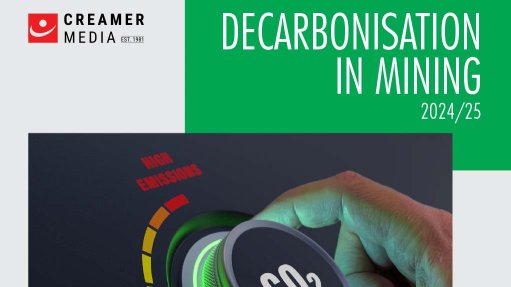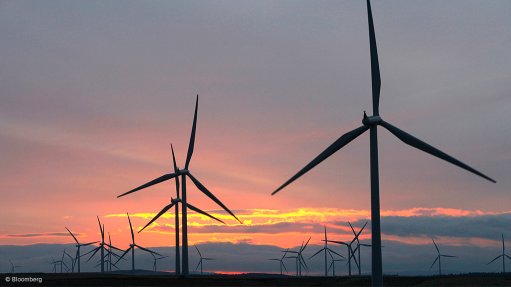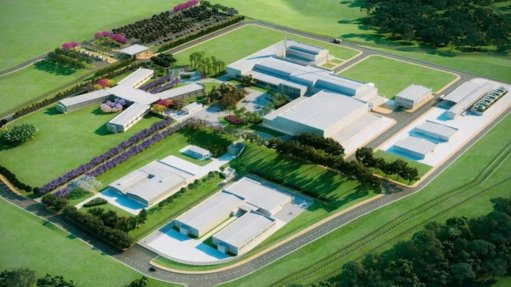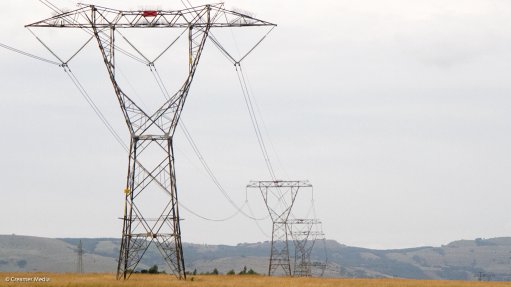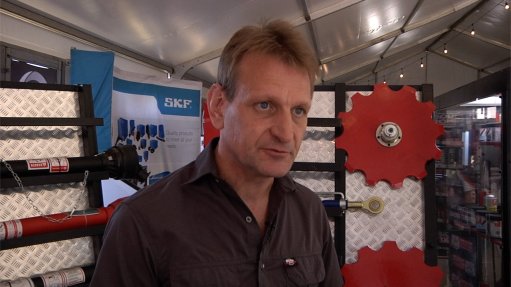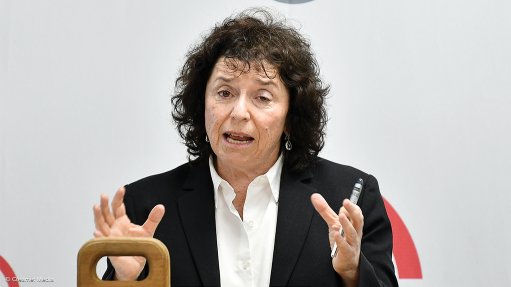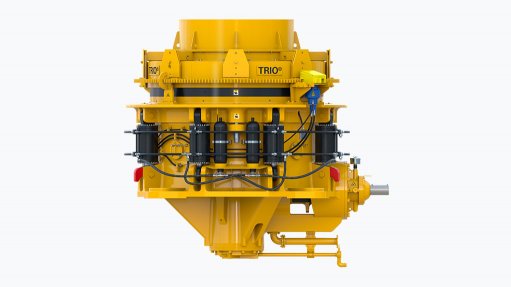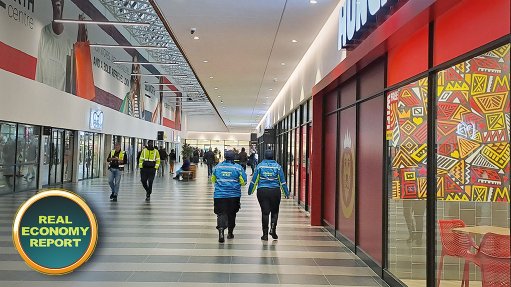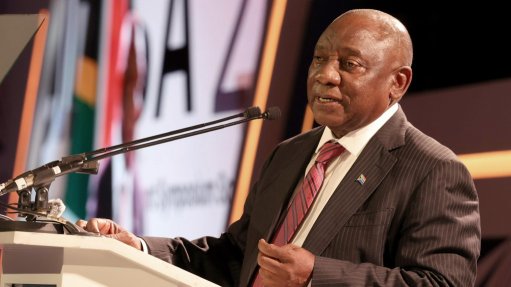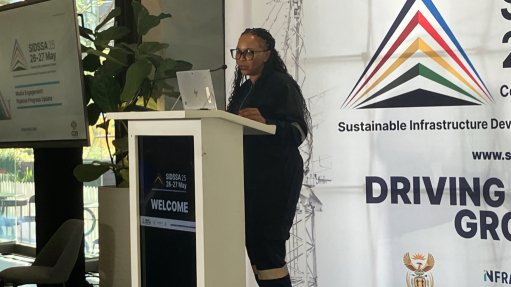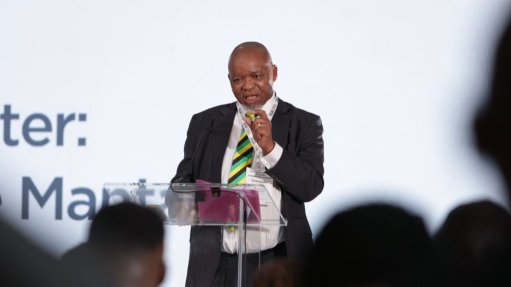Infrastructure link between gas demand and supply remains a constraint

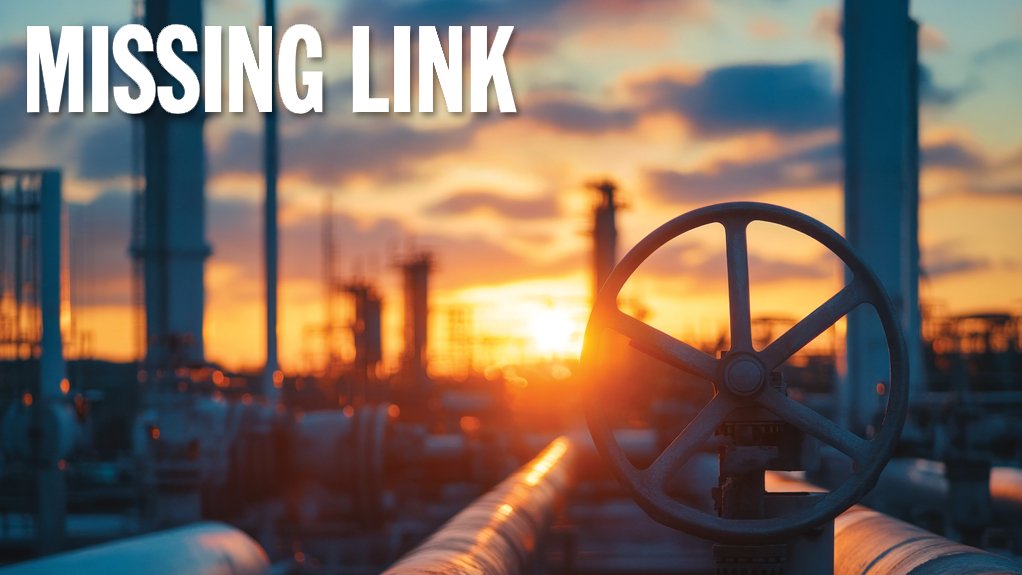

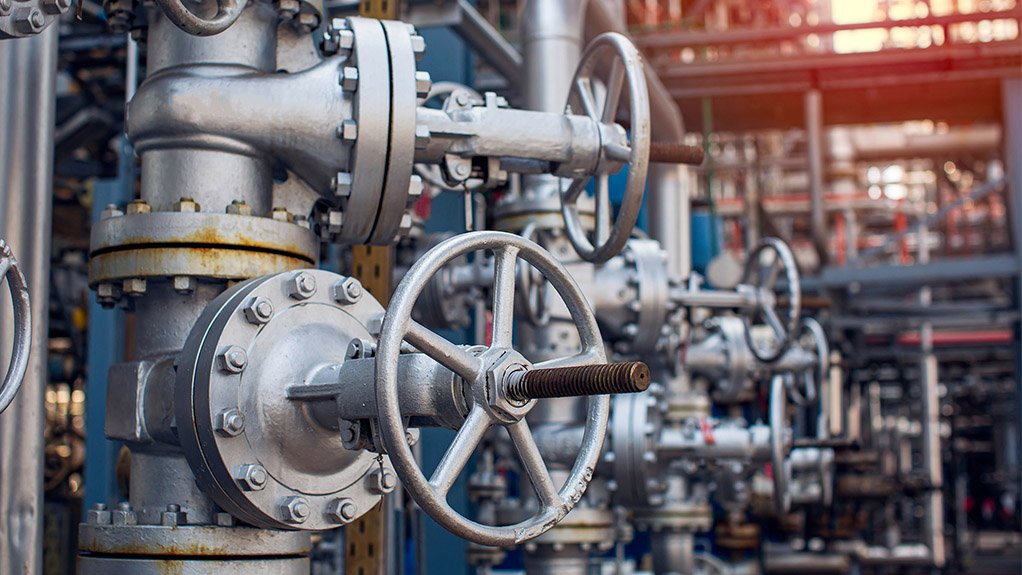
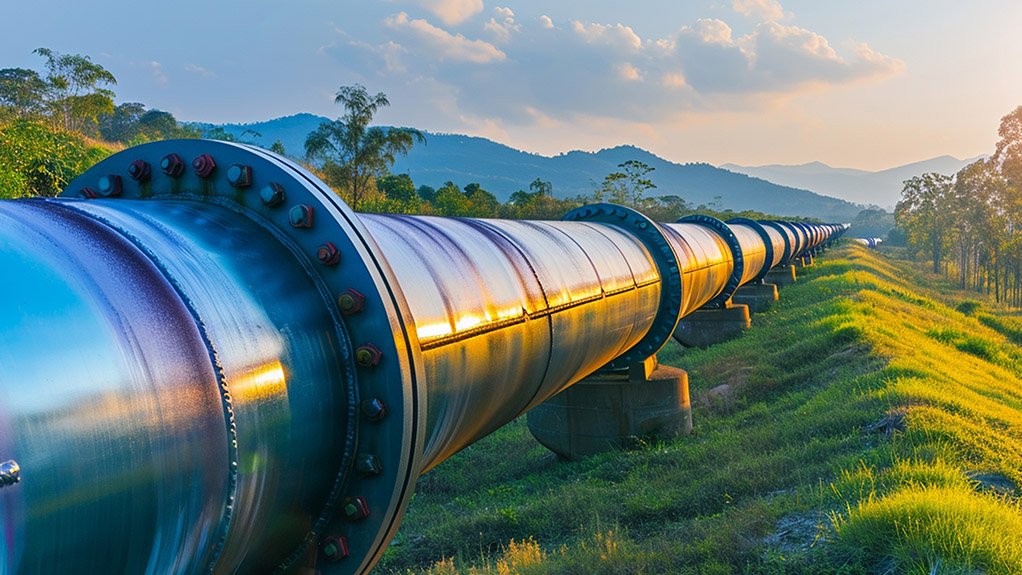



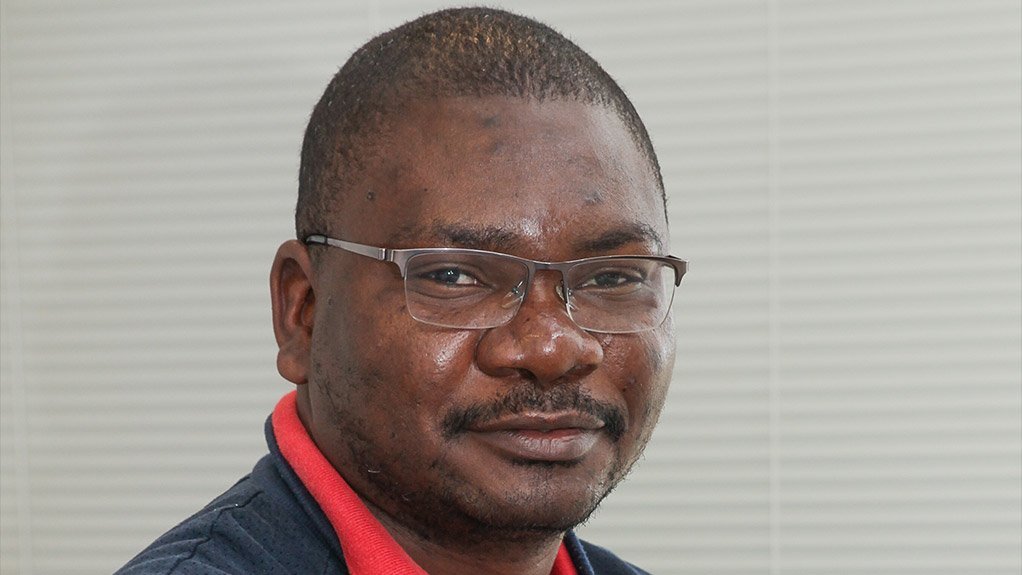
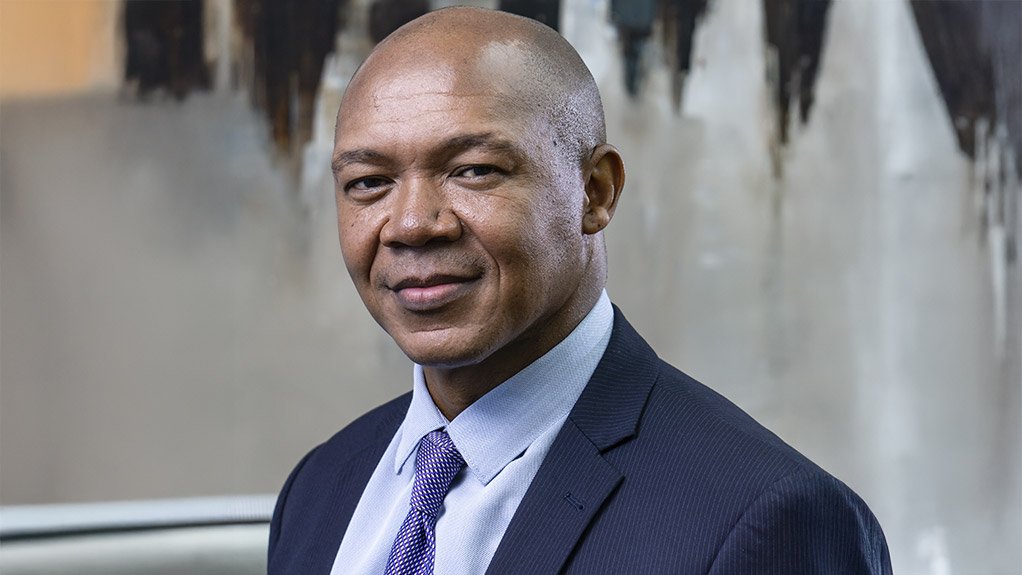
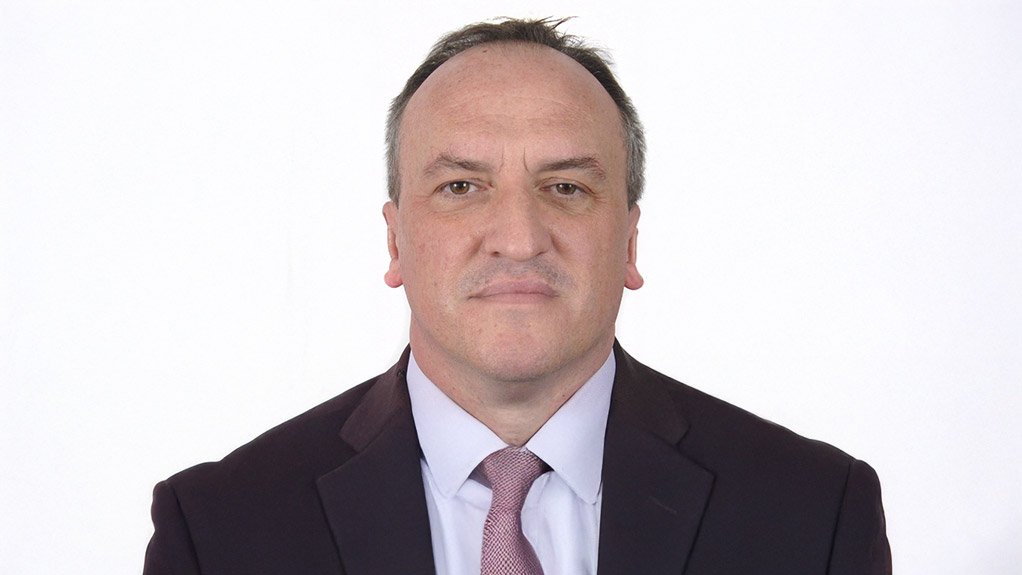
INDUSTRIAL USE South Africa needs for gas for industrialisation, economic development and as part of energy security
GAS INFRASTRUCTURE The country must focus on shorter term projects to develop its gas infrastructure
PIPED GAS South Africa is the only country in the Group of 20 countries that does not have its grid connected to gas-to-power
GAS PROJECTS A good mix of mid-merit projects will be enough to underpin the development of gas infrastructure
JACO HUMAN South Africa's focus must be around infrastructure financing and viability
JAMES MACKAY South Africa must reduce the scope of its gas ambitions the initial steps to develop infrastructure
SAMPSON MAMPHWELI Fast-tracking private-sector participation and the development of gas infrastructure is critical
MZI TYHOKOLO The bigger the role of gas is in the economy, the greater industries' contributions to cleaning up the environment will be
PAUL EARDLY-TAYLOR There is considerable financing appetite for well-structured energy projects
While there is ongoing demand for gas for industrial and commercial uses in South Africa – and no shortage of finance for upstream oil and gas projects – the country has yet to take meaningful steps towards building the infrastructure needed to link demand and supply.
Illustrating the considerable financing appetite for well-structured energy projects, Standard Bank gas sector lead Paul Eardly-Taylor says the financial services firm has loaned billions of rands to South African renewable-energy and battery scheme projects. More than $1-billion of the loaned amount has been directed towards clients developing liquefied natural gas (LNG) projects in Namibia and Mozambique, demonstrating the appetite for such investments.
Further, the bank has taken the Coral Norte floating LNG project in Mozambique to its credit committees, Eardly-Taylor says.
“In terms of the mid-stream projects, we must define the problem. Money is not the problem. It is available. The problem is the transmission mechanism; in the case of gas, it is how we move from the upstream piece of LNG to regasification, pipes or power plants.
“This has been very much a South African problem and, as a minimum, mid-merit [gas projects] need to be done,” he explains.
In Namibia, it is no secret that oil and gas multinational TotalEnergies will be reinjecting the same amount of gas daily as is produced by JSE-listed energy and chemicals company Sasol’s Pande and Temane gasfields, in Mozambique, which are expected to experience a decline in gas production from 2026, says Eardley-Taylor.
Currently, gas demand is about 180 petajoules a year (Pj/y), but this figure could rise to 700 Pj/y or 800 Pj/y over the next decade, driven by industrial demand and power generation, says industry organisation Industrial Gas Users Association of South Africa executive officer Jaco Human.
Meanwhile, South Africa’s access to cheap gas is running out.
Industry users in the country have been paying between $7/MBtu to $8/MBtu for gas, but imported gas, which would require regasification infrastructure and various mid-merit projects, could see industrial users paying 40% to 50% more, or about $11/MBtu, says Eardley-Taylor.
While diesel costs $30/Gj, converting trucks to LNG – currently supplied by a single provider – could lower this to $15/Gj in the long term, resulting in a positive decrease for transport.
LNG can reduce the carbon intensity of heating and other industrial processes that rely on coal-fired power or heavy fuel oils, says commercial and industrial supplier SLGas group CEO Mzi Tyhokolo.
“Gas has earned its badge in terms of being a cleaner energy source, with a role to play in the energy transition, and likely beyond 2050. If we want cleaner industrial processes, then we should use what is available now to reduce their carbon intensity and emissions,” he says.
Gas can also contribute to lower emissions, with the conversion of diesel vehicles to LNG, for example, resulting in the emission of carbon dioxide and water vapour only.
“Our view is that the wider and bigger the role of gas is in the economy, the greater our contributions as industries to cleaning up our environment will be. There is a strong future for gas as a primary energy source for commercial and industrial uses,” says Tyhokolo.
Meanwhile, the upstream segment of the industry is underpinned by large, international oil companies that invest significantly, not only for one country, like South Africa, but for the global market. As a result, significant capital can be raised in this space, says Human.
“We have demand [for gas] on the downstream, but we are sitting with a mid-stream issue,” he says.
The outlook for gas remains robust across the spectrum, including from industrial demand and power generation demand, says Human.
South Africa’s current gas supply is depleting rapidly, and the country lacks both the necessary infrastructure and confirmed replacement gas, which poses economic and industrial risks.
“A reality is setting in around the future role of gas and the need for gas for industrialisation, economic development and as part of energy security. The Industrial Gas Users Association does not foresee lower demand for gas going forward.
“It is like the cliché that it is about energy addition, rather than only about an energy transition, as energy demand is insatiable around the world. For South Africa, the focus must be around infrastructure financing and viability, and structuring the fiscal space for these types of transactions in terms of risks and financing,” suggests Human.
On the gas side, it is not yet clear whether the private sector can play a role, says South African National Energy Development Institute (Sanedi) energy secretariat head Professor Sampson Mamphweli.
Yet, if government could play an enabling role, such as building LNG terminals and floating storage regasification units required for the importation of gas into the country, then there might be an improvement in South Africa’s gas supply and its energy security outlook.
“All of this needs to happen on an urgent basis,” he adds.
South Africa is not exploiting its own gas reserves, which is a significant challenge, and the private sector will look elsewhere to secure its gas supply.
The country will need to start placing orders soon, as the lead times for gas turbines are quite long – typically three to four years.
“We need to fast-track our planning around gas infrastructure. Government needs to play a leading role in two areas: identifying how to get gas to deal with our internal challenges, and open a space for the private sector to play a meaningful role in gas supply and use.”
The Department of Electricity and Energy has been assessing the relative prices of gas from Qatar, given that it could take South Africa up to ten years to develop its own gas reserves. As a result, fast-tracking both private-sector participation and the development of gas infrastructure is critical, Mamphweli urges.
Changing Policy Environment
The role of the Integrated Resource Plan (IRP) is also evolving. Previously, it served to trigger Section 34 procurement from the public sector backed by the country’s balance sheet.
However, under the amended Electricity Regulation Act (ERA), a Section 34 determination is now reserved for addressing market failures, making the IRP more of a guideline framework for expected energy development, says energy sector advocacy organisation the Energy Council of South Africa CEO James Mackay.
“There is a key question about which balance sheet will be put up to underpin the infrastructure, and this is where I think the impasse has happened.
“Considerations [for funding this infrastructure] include pushing it onto [State-owned] Eskom’s balance sheet, which is backed by the government or, alternatively, that gas imports are coordinated and aggregated by the gas industry. The default currently has been to request the public sector to serve as the backstop funder for such infrastructure.”
The risk-transfer model underpinning the infrastructure and clarity on who will pay for gas must be considered in light of the reforms taking place in the broader energy landscape, including price discovery in the new liberalised energy market, he adds.
“On this basis, we can then move quite quickly on a business case, but I don’t believe any single balance sheet can absorb all the aggregation and infrastructure risks.
“Practically, we need to move on about 5 GW of gas-to-power. What is not clear is the mix of gas-to-power projects and the load factors we want, such as open-cycle gas turbines or combined-cycle power plants, and peaking plants.”
Mackay thinks a good mix of mid-merit projects will be enough to “bank the development of this infrastructure”, while there are adequate locations and good engineering solutions for this infrastructure.
South Africa’s gas industry conducted LNG import feasibility studies for related infrastructure and terminals in 2013, and the decision on developing gas infrastructure is long overdue, he notes.
While the amended ERA provides a good basis for the Minister to intervene and support areas where there are potential risk mismatches or where key projects are not fully bankable, the Gas Masterplan does not reflect the reforms currently under way in the energy sector.
“We need to look again at some key concepts in the business cases outlined in the masterplan, in line with the reform agenda.
“While the outlook may be promising, the reality is that we are a 1% year-on-year GDP growth economy, targeting to get to 2%, and with ambitions to get to 3% or 3.5% growth,” Mackay adds.
Demand forecasts across GDP, industry and gas-to-power are low in this context of low economic growth, and South Africa must focus on key projects and infrastructure and avoid further delays.
“But, if we focus and reduce the scope to project one and phase one of developing our gas infrastructure, then we do have better mechanics to do this than a year ago, prior to the ERA amendments,” Mackay proposes.
•
The sources spoke during Creamer Media’s ‘Gas: Unpacking the gas projects, policies and infrastructure needed to avoid the supply crunch’ webinar on April 9.
Comments
Announcements
What's On
Subscribe to improve your user experience...
Option 1 (equivalent of R125 a month):
Receive a weekly copy of Creamer Media's Engineering News & Mining Weekly magazine
(print copy for those in South Africa and e-magazine for those outside of South Africa)
Receive daily email newsletters
Access to full search results
Access archive of magazine back copies
Access to Projects in Progress
Access to ONE Research Report of your choice in PDF format
Option 2 (equivalent of R375 a month):
All benefits from Option 1
PLUS
Access to Creamer Media's Research Channel Africa for ALL Research Reports, in PDF format, on various industrial and mining sectors
including Electricity; Water; Energy Transition; Hydrogen; Roads, Rail and Ports; Coal; Gold; Platinum; Battery Metals; etc.
Already a subscriber?
Forgotten your password?
Receive weekly copy of Creamer Media's Engineering News & Mining Weekly magazine (print copy for those in South Africa and e-magazine for those outside of South Africa)
➕
Recieve daily email newsletters
➕
Access to full search results
➕
Access archive of magazine back copies
➕
Access to Projects in Progress
➕
Access to ONE Research Report of your choice in PDF format
RESEARCH CHANNEL AFRICA
R4500 (equivalent of R375 a month)
SUBSCRIBEAll benefits from Option 1
➕
Access to Creamer Media's Research Channel Africa for ALL Research Reports on various industrial and mining sectors, in PDF format, including on:
Electricity
➕
Water
➕
Energy Transition
➕
Hydrogen
➕
Roads, Rail and Ports
➕
Coal
➕
Gold
➕
Platinum
➕
Battery Metals
➕
etc.
Receive all benefits from Option 1 or Option 2 delivered to numerous people at your company
➕
Multiple User names and Passwords for simultaneous log-ins
➕
Intranet integration access to all in your organisation














